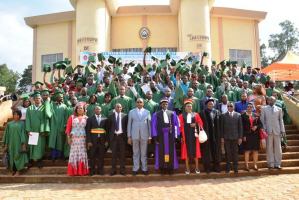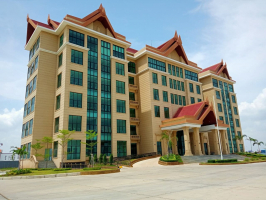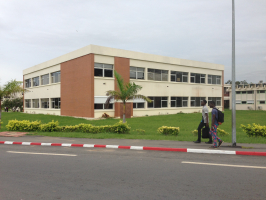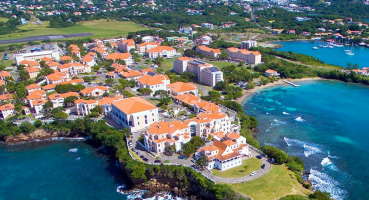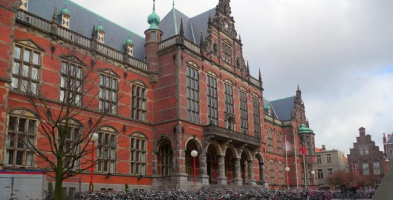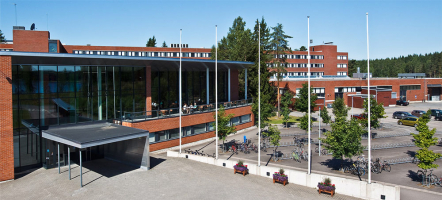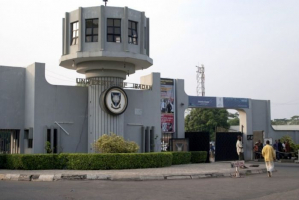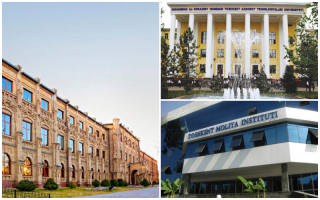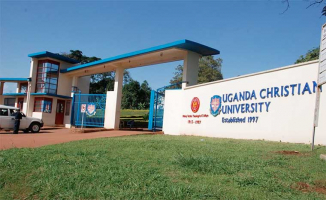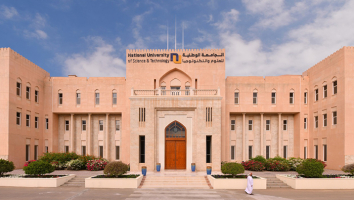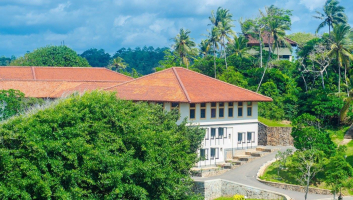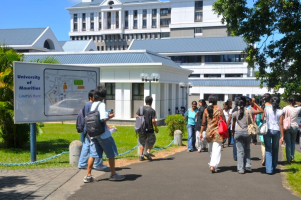Top 7 Best Universities in Mongolia
If you want to study in Mongolia, you must first determine which universities are suitable for you. Based on the Mongolian University Ranking of 64 Mongolian ... read more...higher-education institutions, Toplist Toplist aggregates the top universities of Mongolia with all of their core objectives: teaching, research, knowledge transfer, and international outlook. Following are the top 7 best universities in Mongolia.
-
The most famous university in the top 7 best universities in Mongolia that Toplist would like to introduce to you is National University of Mongolia. The National University of Mongolia (NUM), Mongolia's leading research and education institution, provides a long education experience, as well as multidisciplinary and distinguished programs.
NUM is a public university with approximately 30,000 students from all over the country and the world enrolled. The university offers 115 undergraduate (BSc, BA) and 200 graduate (MSc, MA, MBA, PhD) programs in all fields of science. NUM has seven faculties, one graduate school, nine affiliated research institutes, 40 well-equipped national and university laboratories, and the country's second largest library. As a result, over the course of its eighty-year history, NUM has spawned a number of major public and private universities in Mongolia.
The campus is in the heart of Ulaanbaatar, a rapidly developing nomadic traditional and modern mixed steppe city. It is also the main center of Mongol study and a welcoming place for anyone interested in Inner Asian and pastoralist culture, history, language, archeology, ecology, and anthropology.
The NUM strategic plan 2016-2024 outlines the university's ambition to become a leading research university and one of the top 100 Asian universities. Within the framework of this strategy, NUM has mobilized significant funding and investment for projects such as post-doctoral research grants, joint programs, and the hiring of renowned international researchers and professors.
Website: https://www.num.edu.mn/
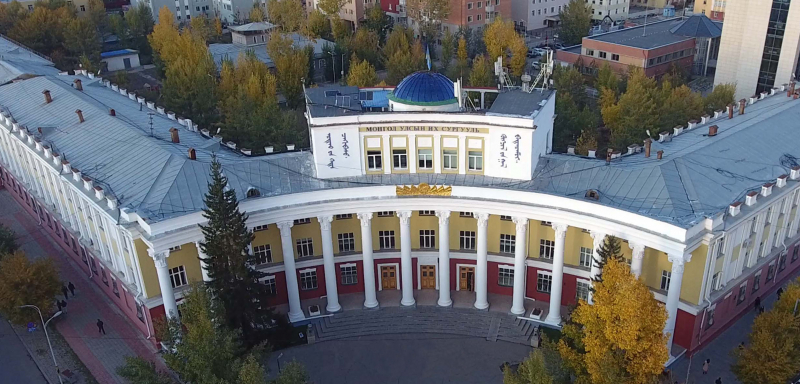
num.edu.mn 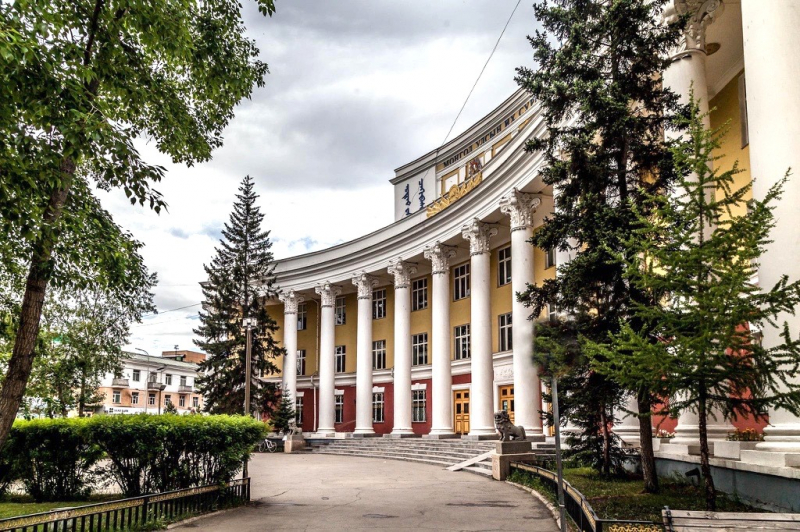
nccedu.com -
The Mongolian University of Science and Technology (MUST) was established in 1959 as a branch of the National University of Mongolia and began training Industrial Economics and Construction Engineers. As a result of the formation of engineering and technical teaching staff, the Polytechnic Institute was affiliated with the National University of Mongolia in 1969, with five schools such as: Civil Engineering, Power Engineering, Geology and Mining, Mechanical Engineering, and Engineering Economics having established with 13 departments. The Polytechnic Institute was separated from the National University of Mongolia and reorganized as an independent university in 1982, by decision of the Council of Ministers of the People's Republic of Mongolia (former name).
MUST is made up of 11 affiliated schools, one graduate school, one college, one affiliated high school, four research institutes, and 46 research centers. Over 20,000 students are currently enrolled in over 140 undergraduate and graduate degree programs. MUST employs 1040 faculty members and manages over 1000 staff and administration members.
The academic activities at the university adhere to the Ministry of Education, Culture, and Science of Mongolia's list of academic fields, as well as the training programs and curricula designed for Doctoral Degree (Doctor of Philosophy – Ph.D.), Master's degree (Master of Arts – M.A., Master of Science – M.Sc., Master of Engineering –M.Eng., Master of Computer Science – M.CS., Master of Public Administration – M.BA, Master of Industrial Management – M.IM, Master of Information technology –M.IT) and in bachelor's degree (Bachelor of Arts – B.A., Bachelor of Science – B.Sc., Bachelor of Engineering – B.Eng., Bachelor of Computer Science – B.CS., Bachelor of Public Administration – B.PA, Bachelor of Business Administration – B.BA, Bachelor of Industrial Management – B.IM, Bachelor of Information Technology – B.IT).
The university organizes two types of undergraduate training: regular full-time training and in-service training. The university has academic connections and exchange programs with over 220 institutions from over 21 countries in Europe, Asia and the Pacific, and North America. The university has joined a number of international associations and organizations, including International Association for the Exchange Students for Technical Experience (IAESTE), International Association of Universities (IAU), Eurasia Pacific University Network (UNINET), ABET, ASIIN e.V, AVI, e.V etc.
Website: www.must.edu.mn
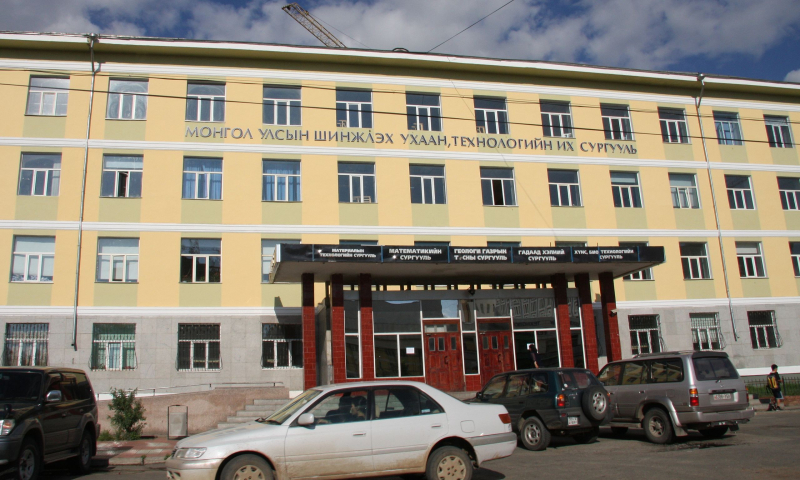
vi.wikipedia.org 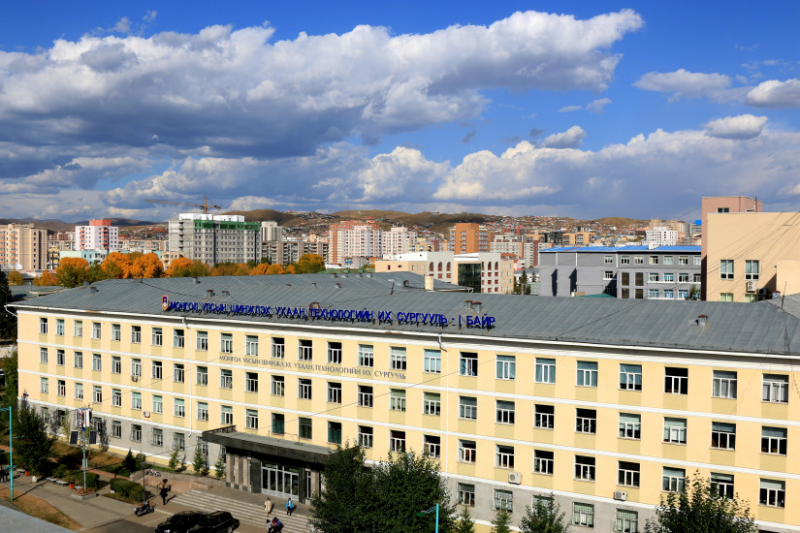
https://montsame.mn/ -
The Mongolian National University of Medical Sciences, located in Ulaanbaatar, is a public higher education institution founded in 1942 by a Polish physician named Filip Jan Ratajczak. It has campuses in Darkhan-Uul, Sainshand, and the Gobi-Altai region. Each year, 150 to 205 students graduate. Its School of Public Health collaborates closely with Loma Linda University, which funds tobacco-control research. It is linked to the International University of Health and Welfare in Narita, where students can gain clinical experience, which is difficult to obtain in Mongolia.
Orgoi Sergelen is a distinguished alumnus of the school. Sergelen Orgoi FACS is a Mongolian surgeon best known for pioneering low-cost liver transplantation and laparoscopic surgery in his home country. She is a member of the American College of Surgeons and an Honorary Fellow of the American College of Surgeons (ACS). She is a Professor of Surgery and the Head of the Department of Surgery at the Mongolian National University of Medical Sciences, as well as the Vice President of the Mongolian Surgical Association.
Website: www.mnums.edu.mn
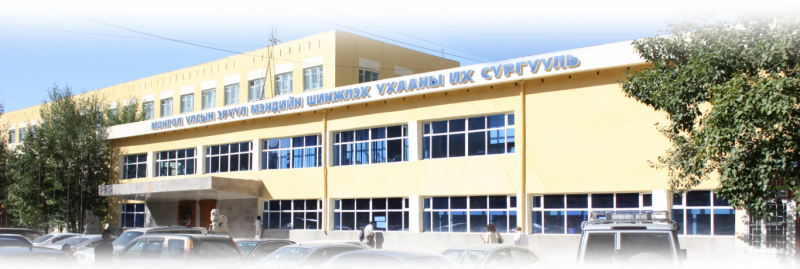
mbbsadmissions.net 
mongolia.gogo.mn -
The fourth famous university in the top 7 best universities in Mongolia that Toplist would like to introduce to you is Mongolian State University of Education. Mongolian State University of Education, abbreviated MSUE , is a university in Ulaanbaatar, Mongolia. Mongolian State University of Education was founded in 1951 as a training ground for secondary school teachers. The university currently has 12 branch education studies schools. The democratization of Mongolia in 1990 is regarded as a watershed moment in the college's history.
The Mongolian National Council for Education Accreditation has accredited Mongolian State University of Education. There are five schools, 35 departments, six research centers, and thirty-five laboratories. The university provides both undergraduate and graduate programs. There are 13,500 students and 800 faculty and staff at the university.
The university's motto is "Teacher leadership is the key to development," and its mission is "to give every child the ability to develop creative teachers in the education sector, and to provide professional human resources."
Website: www.msue.edu.mn
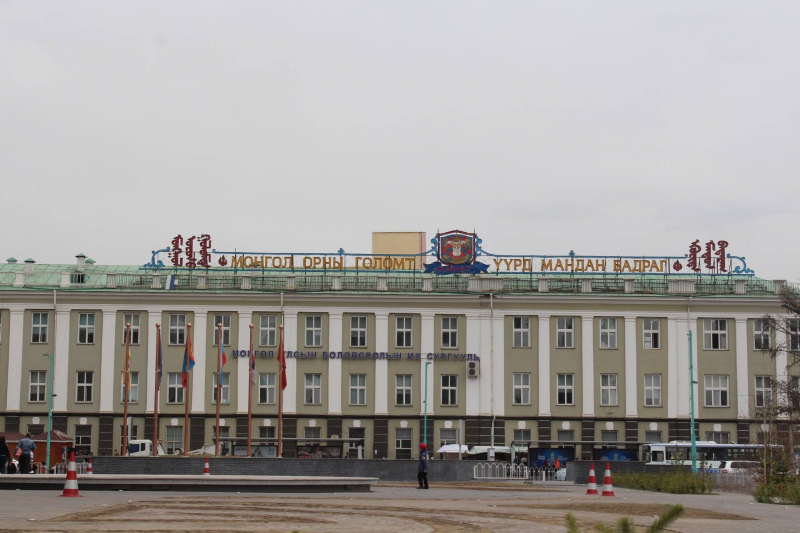
yp.mn 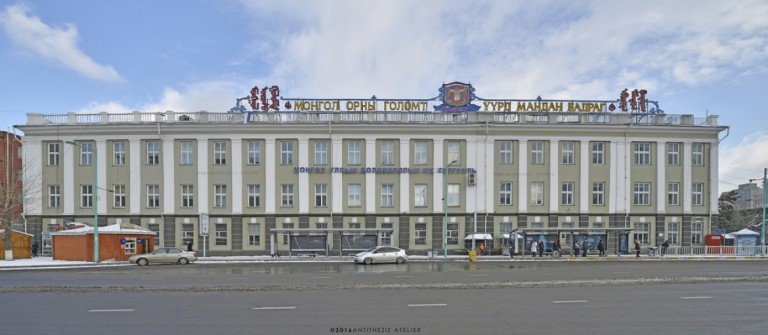
http://www.ontslokh.mn/ -
The fifth famous university in the top 7 best universities in Mongolia that Toplist would like to introduce to you is Mongolian University of Life Sciences. The Mongolian University of Life Sciences is a national university in Mongolia, with its main campus in Ulaanbaatar. Mongolian University of Life Sciences
is located in the Khoroo 11 district of Ulan Bator, on the southern side of the Tuul River, just northwest of the Zaisan Memorial and the American School of Ulan Bator. This is one of the schools worth considering for foreign students who want to learn about studying abroad in this country.
From 1958 to 2001, Mongolian University of Life Sciences was the veterinary faculty of the Mongolian State University and Higher School of Agriculture, but it underwent structural reform in 1990 and 1993, with seven schools, four research institutes, and three university branches in Orkhon, Dornod, and Khovd provinces. In 2008, there were 7060 undergraduates and 1045 graduates reported.
Website: muls.edu.mn
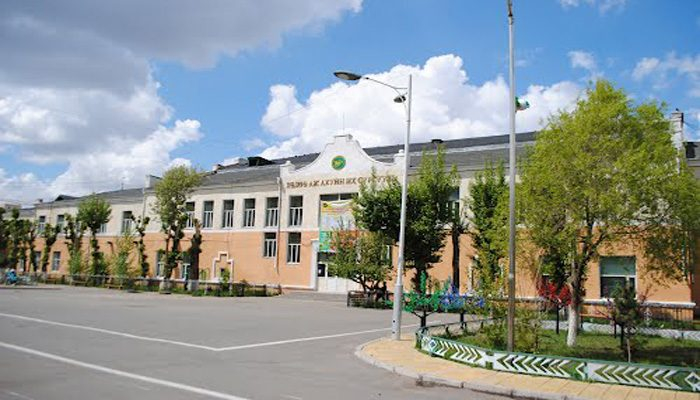
muls.edu.mn 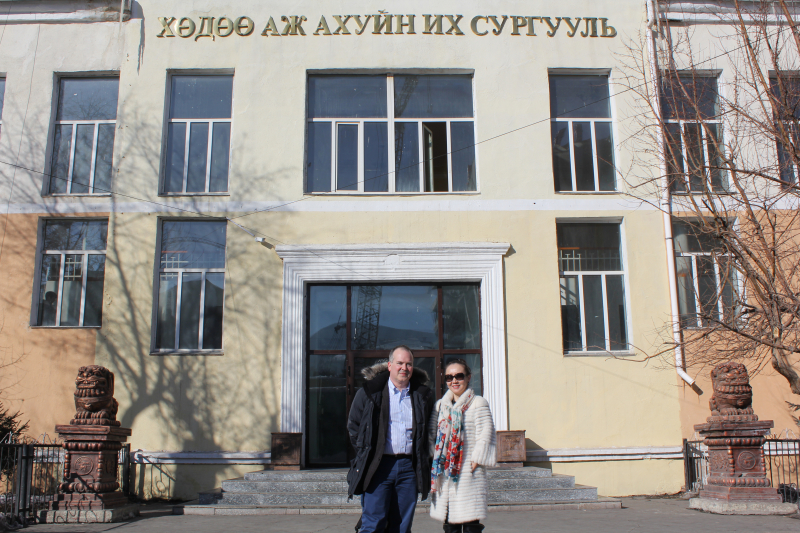
https://ryandata.wordpress.com/ -
Mongolia International University (MIU) is a private university in the Mongolian capital of Ulaanbaatar. MIU is accredited by the Mongolian Ministry of Education and is a 100 percent foreign foundation supported by the Mongolian government. All of its courses are taught in English, and nearly all of its faculty are from other countries.
MIU has 1,000 students enrolled across eight academic departments and four affiliated institutions. From eleven different countries, there are 54 full-time faculty members and three adjunct faculty members (USA, Korea, China, India, Spain, Canada, Netherlands, Singapore, England, Malaysia, and Romania). MIU has a student-to-faculty ratio of 12.7:1.
Under the consent of former Mongolian President Natsagiin Bagabandi, the MIU Foundation Committee established an international university in November 2001. Mongolia International University first opened its doors in 2002, with 66 students in the Department of International Business Management and 30 in the Department of Information Technology. Dr. Dong Yeon Won was named MIU's first president.
More academic programs, such as the Department of Fashion Design, the Department of Energy Resource and Environmental Technology, the Department of Hotel Management, the Truman Graduate School of Public Affairs, the Art Research Center (ARC), and the Mongolian Language & Culture Center, became available over time (MLCC). Mongolia International School (MIS), now Mongolia Itgel High School, was founded in 2009 by MIU as an international secondary school.
Incoming freshmen will be able to study in three newly opened academic programs beginning in the Fall of 2016: the Department of Music Education, the Department of Tourism Management, and the School of Media and Communication (SMC).
Website: http://www.miu.edu.mn
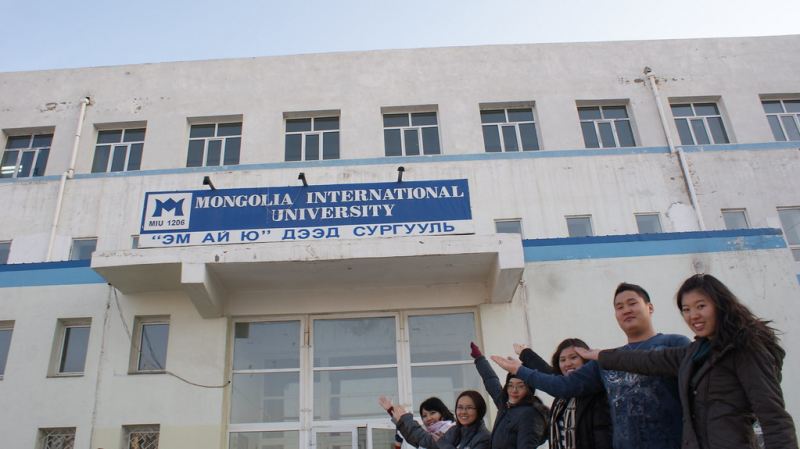
flickr.com 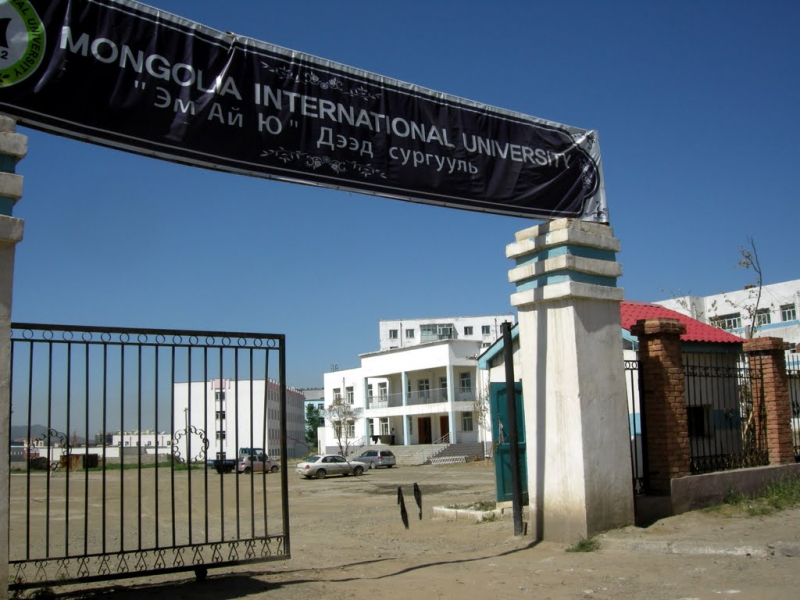
mapio.net -
The last one in the top 7 best universities in Mongolia that Toplist would like to introduce to you is University of Finance and Economics. The University of Finance and Economics (abbreviated UFE) is one of Mongolia's most prestigious educational institutions. The University is located on the banks of the Selbe River in the heart of Ulaanbaatar. Since the 1990s liberalisation period, the University has offered bachelor's and master's programs. The Institute of Finance and Economics was granted university status in 2016.
University of Finance and Economics is one of the country's oldest continuously operating educational institutions, having been founded on June 3, 1924 as the School of Customs Officers in Ulaanbaatar. It changed its name to School of Accounting in 1931 and added more subjects. Its name was changed again in 1946, shortly after World War II, to College of Finance and Economics, and the school expanded its curriculum to include the majority of the current spectrum.
On August 16, 1991, the institution was renamed the Institute of Finance and Economics, and postgraduate courses were introduced. Business administration, financial management, accounting, and bookkeeping were among the topics covered.
Mongolia's University of Finance and Economics was one of the first to be accredited by the Accreditation Council for Business Schools and Programs in 2012.
The university is organized into several faculties:
- Department of English Language Study
- Department of Financial Management
- Department of Business Administration
- Department of Applied Mathematics and Statistics
- Department of Humanities
- Department of Economics
- Department of Information System Management
Website: www.ufe.edu.mn
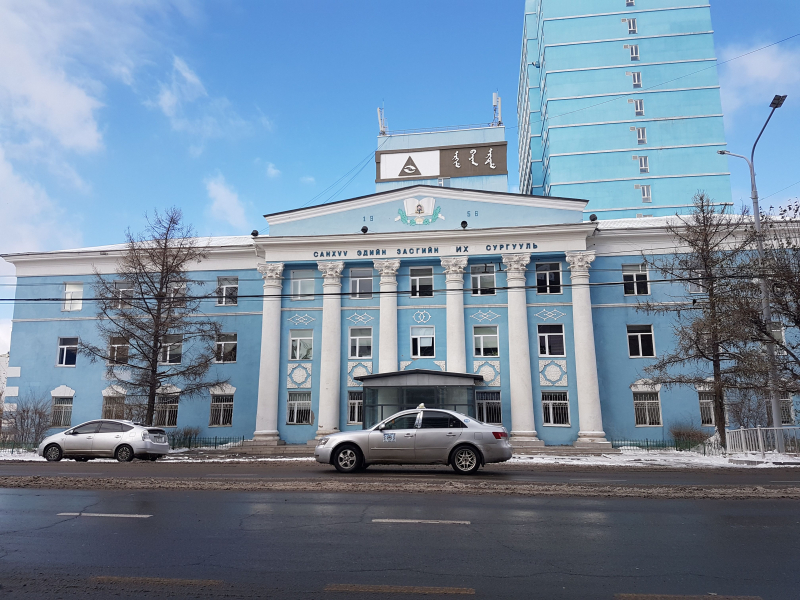
nl.pinterest.com 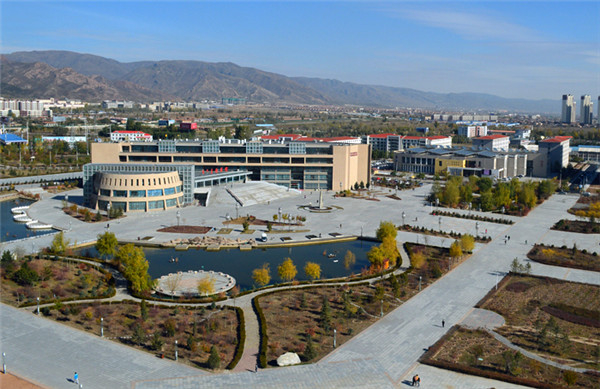
govt.chinadaily.com.cn











